Lily "Anastasia": a description of the hybrid and tips for growing it
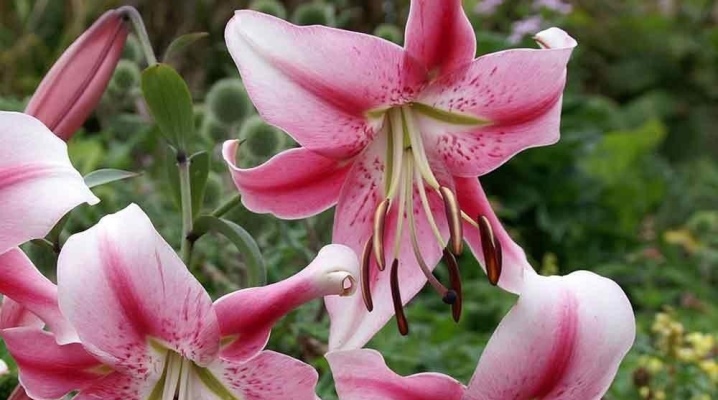
Lilia "Anastasia" is a beautiful garden flower that is grown to decorate the landscape. Lilies look good on flower beds, terraces, and can also be planted in pots and containers. Lilies make beautiful flower arrangements and delightful bouquets. Flowering plants are always pleasing to the eye, cheer up. Lilies of this variety have an amazing delicate aroma and colorful colors.

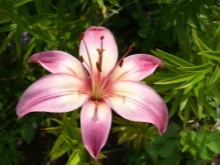
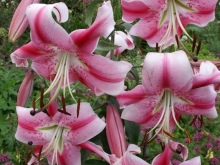
Description of the variety
Lily "Anastasia" is a perennial plant with a straight and strong stem, belongs to the Liliaceae family. Flowers grow abundantly in summer, many of them have a wonderful smell, but this is not always suitable for allergy sufferers. For planting, you need a bulb that is rounded and up to 20 cm in diameter. The bulb consists of watery scales adjacent to each other, which do not have a protective cover. It is better to buy bulbs in a trusted store or nursery that sells quality goods.
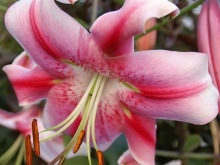
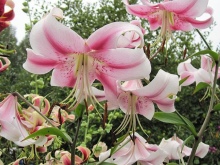
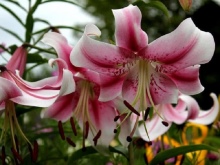
Lily flowers are singly located or collected in dense inflorescences, they have large pointed petals of an oblong-elliptical shape. The petals can be up to 20 cm in length. The color of the variety has a raspberry pink speckled.
The stems of the plant are strong and resilient, dark green in color, reaching a height of 180 cm.
The perianth of the culture is bell-shaped, cuboid, consisting of 6 lobules. The plant is an OT hybrid that was created by crossing pipe lilies and oriental lilies. Oriental lilies belong to oriental ones, which have a pronounced aroma and pink color. The tubular cultivar has curved petals, white color and mottling. When these two species were crossed, the beautiful lily "Anastasia" was obtained. The fruit itself resembles a box. Lily seeds are flat, irregular triangular in shape, with a filmy edge.
Place and soil
Any fertile, well-drained soil is suitable for a lily. It is better to choose the location in the sun or in partial shade, but it can be placed near the light shady crown of trees. If there is no deep fertile soil layer on the site, then it is necessary to import soil with a thickness of at least 25 cm. Sandy soil can be improved with clay, manure, ash, humus. Swampy soils without reclamation are unsuitable for use, and podzolic soils require organic and mineral fertilizers.

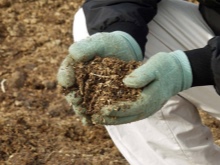

Garden land can be sod, leafy, also containing humus. Calcareous soil is not suitable for this culture; it is better to use a slightly acidic or neutral environment. Before planting, the site must be dug up so that the plant takes root better. Fertilizing a lily is possible and necessary. It can be organic fertilizers, mineral, potash and combined complexes.
Planting and breeding methods
Perennials live for several years, their longevity is expressed in the ability to reproduce both by seeds and vegetatively. Reproduction can occur by rhizomes, bulbs, tubers, cuttings. The easiest way to reproduce is by dividing the bushes. Most perennials root well with cuttings, but for this they need to be covered with foil.
It is customary to plant lilies in the spring or immediately after flowering, separating the baby. Many species reproduce by air bulbs that form in the leaf axils, which are then sown in the beds. Bulbs keep well when wrapped in moss or sand.If they are prepared for winter, then they need to be planted in loose, drained soil, placed in a cool place.
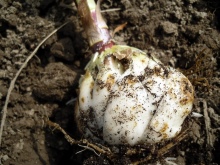
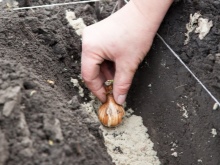
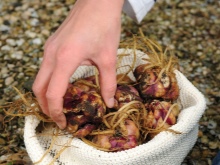
At the beginning of spring, with the appearance of the first shoots, it is necessary to organize a transfer to a bright and warmer place, not forgetting to increase watering.
Before planting, the bulbs must be freed from old scales and dried roots. It is necessary to plant a plant at a shallow depth of up to 20 cm. After planting, watering and mulching of the earth is applied. In the sixth year, an adult flower must be transplanted so that it does not get sick.
Care
The main care of perennials is soil mulching, watering, pruning, replanting and feeding. It is important to water the lily "Anastasia" well, especially during flowering. After its completion, the plant does not need constant watering, except during a drought. It is better to water in a calm late evening so that the moisture does not evaporate very quickly.
The flower tolerates potassium fertilizers, organic fertilizing well. Weeds significantly impair the nutritional and water regime of plants, so they need to be removed in time along with the roots, it is better to do this after rain or abundant watering of the garden. You need to loosen the soil with a comfortable hoe, weeding up to 9 cm deep.
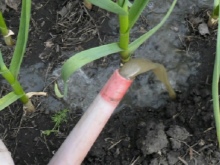
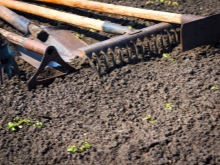
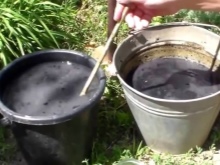
In winter, the plant does not need watering, and in summer it should be abundant.
For the winter, the lily is cut off, leaving small stems up to 15 cm in height. Perennial varieties are frost-resistant, but it is better to cover young seedlings for the winter so that they do not suffer from frost. The shelter is peat, sawdust, dry leaves, spruce branches and other types of materials. Covering too early for the winter contributes to the wilting of plants, therefore it is better to cover with the onset of the first persistent frosts, when a hard crust appears on the soil. When the lily is large enough, it is best to attach a suitable support for it so that the plant does not break from the strong wind.
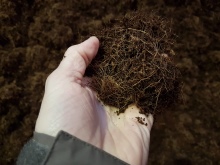
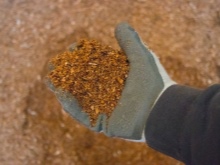
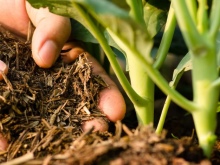
Pruning
All varieties of this culture can be cut, but it is better to do this in the morning or late in the evening and always in cloudy weather. For trimming, you need to use a sterile knife or scissors, which are previously disinfected with alcohol or iodine. Also, you cannot cut off the stalk at the very base, you must leave part of the leaves and the trunk of the plant. These simple methods help the flower to handle pruning normally.
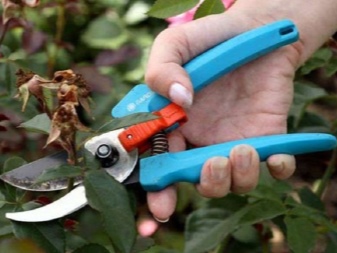
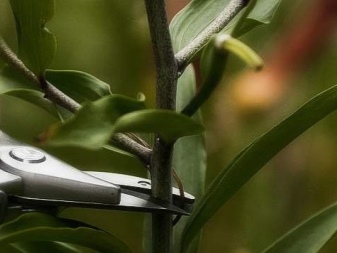
Diseases and pests
Young seedlings can be damaged by parasites that feed on plant sap. Small slugs damage buds, flowers, stems. At night, slugs are most active, gnawing holes in leaves and petals. To destroy pests, you need to maintain cleanliness on the site, namely, destroy garbage, sprinkle paths in greenhouses with slaked lime. Since slugs like to hide under the leaves and branches of trees, you need to remove all their habitats from the site in time.
There is also aphid that colonizes, covering the entire plant with sticky secretions.
Aphids suck out nutrients and can cause the death of the flower. To combat aphids, any insecticides are used, for example, "Fozalon", "Fastak". There are also various types of mites, bedbugs, and flower moths. They are also destroyed with insecticides, the treatment is done 2-3 times with an interval of 2 weeks.
The root system is often affected by caterpillars, larvae, ticks, onion bugs, millipedes, and worms. To combat them, soil disinfection is needed; celandine, wormwood, chemical disinfectants can be added. The bugs are afraid of colloidal sulfur, which must be treated with the plant in order to avoid their appearance. Processing is best done in early spring.
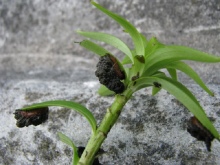
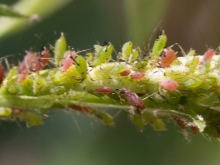

Lilies can get sick if the soil is not sufficiently moistened or due to planting and maintenance errors. It can be fungal, viral, bacterial diseases. Regular treatment with fungicides helps to cope with them. Remember - in order for the lily to grow healthy and beautiful for a long time, you need to organize timely and proper care for it.
Description of the lily "Anastasia" in the video below.







































































































The comment was sent successfully.